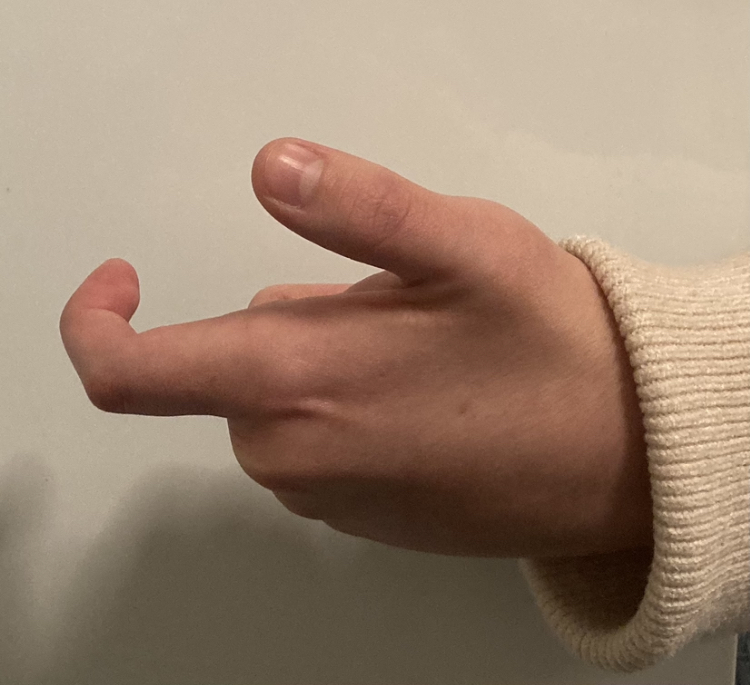When I asked my informant if they had any special holiday traditions or rituals, they thought of el Día de los Muertos or the Day of the Dead. S told me that this was one of their favourite holidays, they love the vibrant colours, the joyful celebrations, the delicious food, and the beautiful altars set up in honour of loved ones. S told me that when the sun set, they would stroll down the streets of their neighbourhood every year, watching families setting up their altars for their loved ones who had passed and they would see candles flickering in the night, incense burning, and pictures of happy faces. They would also see lots of marigold blooms set around the altars, known as ‘ofrendas’, and the flower’s bright orange colour and strong fragrance are to help guide the souls of the dead home. S said that their mom would always bring out a tray of fresh pan de muerto which is a sweet bread that is eaten on this holiday, and they all took a piece. They love this holiday because they always felt a strong connection to their ancestors and their culture during el Día de los Muertos, and they said that it will always be a special time for their family and them.
I have always loved hearing stories about el Día de los Muertos and I think that it is such an amazing way of celebrating the life of a loved one who is no longer with us. Growing up, every time the thought of dying and the afterlife came to mind, it would quickly spiral out of control and I would get very anxious and stressed out because I just couldn’t wrap my head around the concept of it. Not knowing what happens when we die is a scary thought and I didn’t really have a comfort to hold onto. This is why I think el Día de los Muertos is such a great holiday because it helps you feel so bonded to your loved ones, even if they were no longer with you. The belief that the spirits of the dead come back from the afterlife to visit and spend time with their families on Earth would have been a very comforting and reassuring thought for me growing up.

